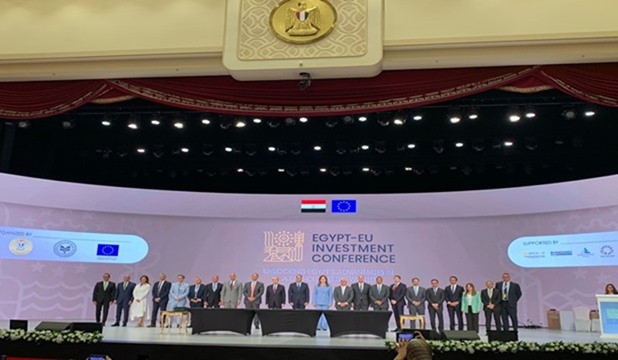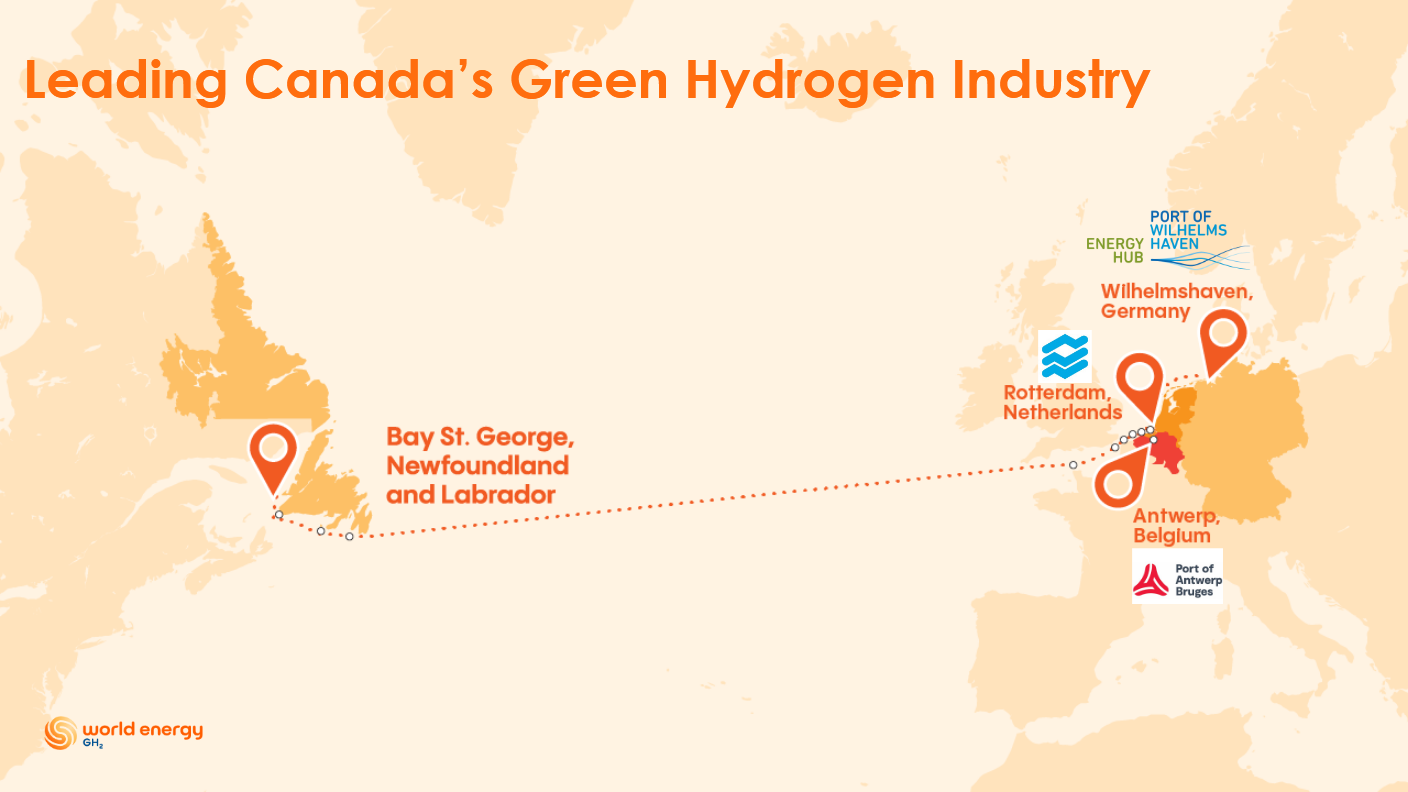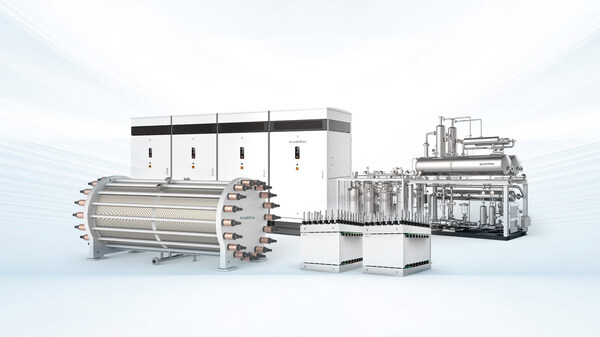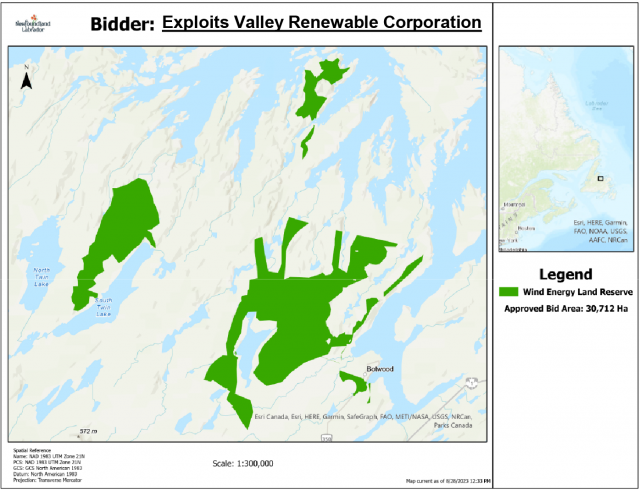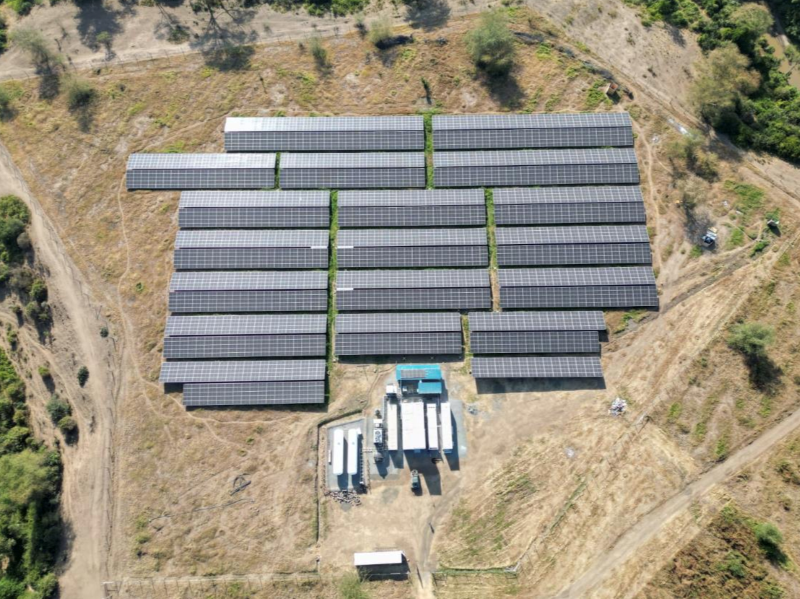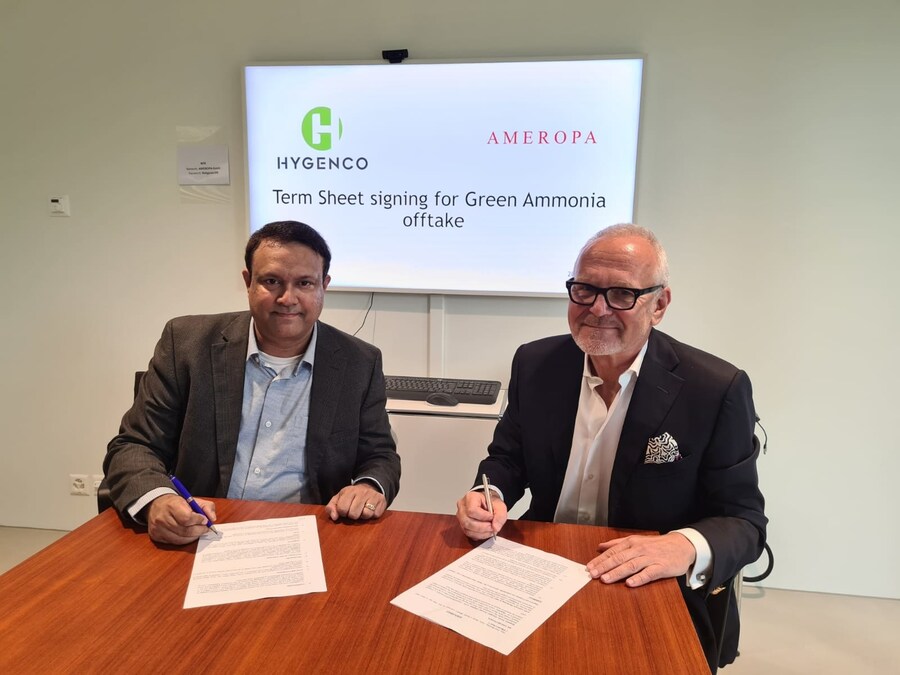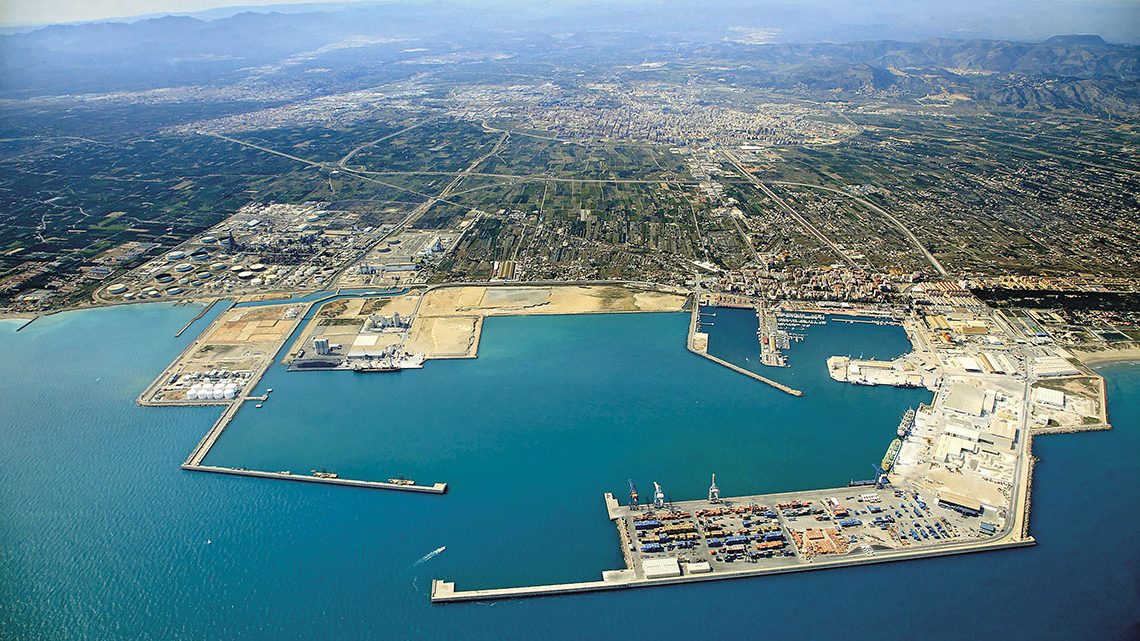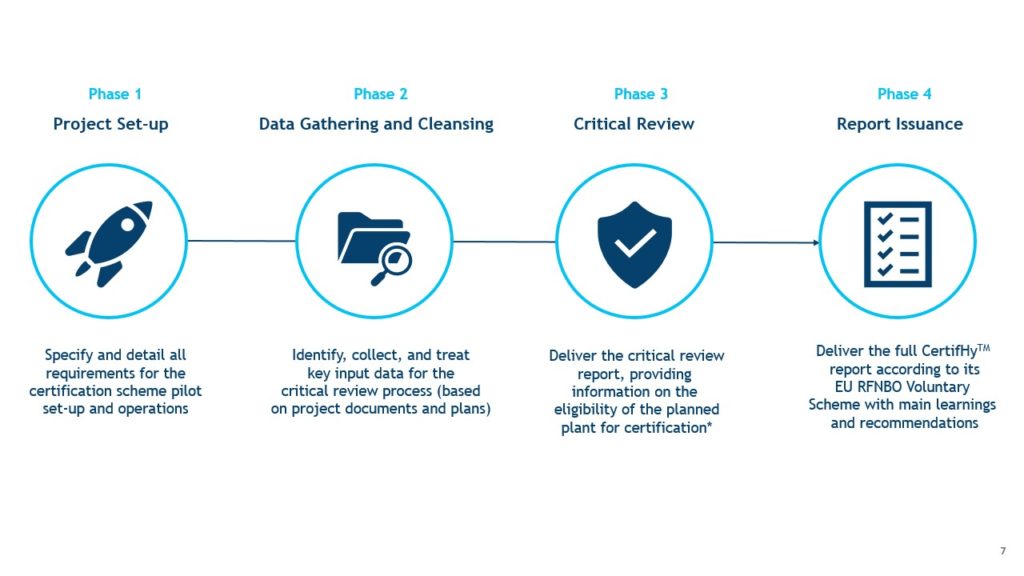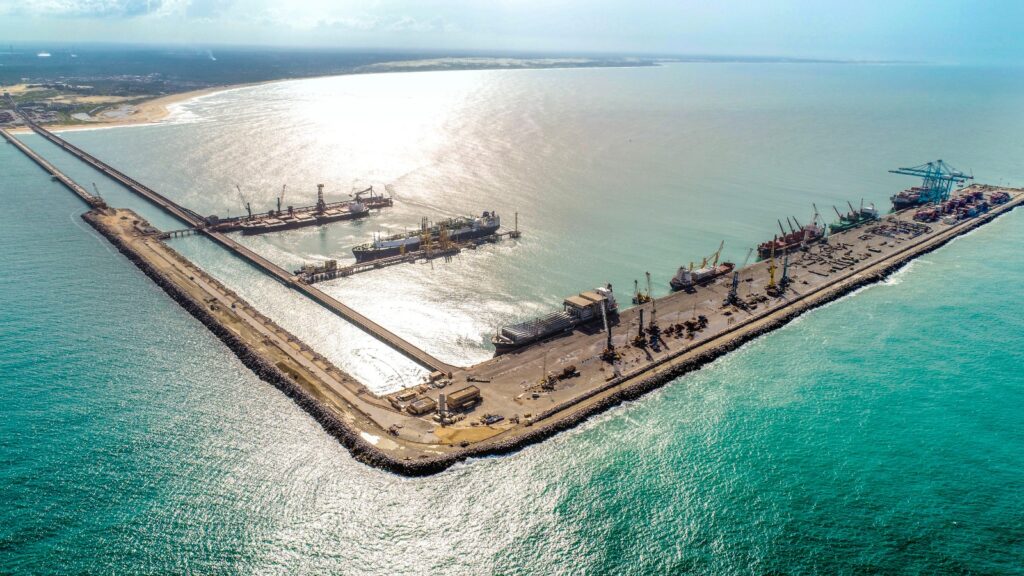Viking Energy vessel awarded AiP
The Norwegian Maritime Authority has approved the ammonia fuel system design to be deployed onboard the platform supply vessel Viking Energy. The system will directly feed 2 MW of solid oxide fuel cells, allowing for long-range, high power sailing of up to 3,000 hours per year.
